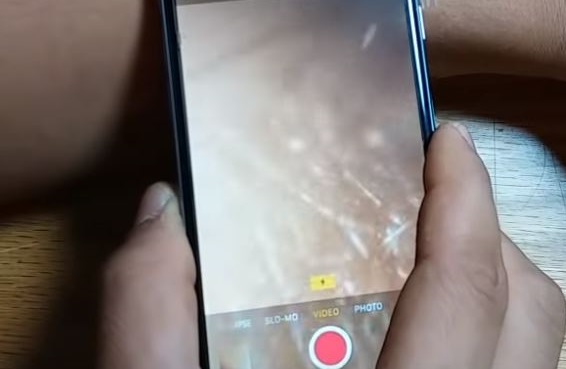Cell Phone Microscope Finds Silent Honey Bee Killer
February 25, 2019
As most hopefully know, honey bees are one of the most crucial pollinating species in the world, being responsible for roughly one-third of our food supply. However, increasing declines in bee colonies have placed an incredible strain on the U.S.’s agricultural pollination capabilities as well as our future food security. While many things are contributing to bee decline, parasites are a key factor, with Nosema apis and Nosema ceranea being common ones.
Nosema apis infections can cause symptoms like defection and dysentery in honey bees toward a hive’s entrance whereas Nosema ceranae infections don’t show physical symptoms. These silent honey bee killers infect all kinds of bees in the hive, and they can even cause colony collapse. Right now, the only method for diagnosing the disease is by using light microscopes to detect parasite spores. However, this testing requires an expert operation in a lab setting, forcing beekeepers to send samples to get precise diagnoses, which is both expensive and time-consuming.
According to their study published recently in the journal Lab on a Chip, researchers with UCLA’s Samueli School of Engineering as well as Barnard College’s Department of Biology have come up with a cell phone microscope that allows for the automated, rapid discovery of Nosema parasite spores in bee colonies. This cost-effective, mobile platform, weighing in at just 0.8 pounds, composes of a fluorescence microscope in the form of a customized smartphone app and simple sample preparation protocols that enable fluorescence tagging for parasite spores in any setting.
Diagnostics via this platform involve the preparation of samples where gut tissue from a honey bee is removed and dissected before a small amount of stain is added for fluorescently tagging parasite spores. A droplet of this solution is placed onto a readied glass slide to be inserted and analyzed in the cell-phone microscope. The smartphone then captures an image before transmitting it to a computer, where analysis reveals the parasitic spore count that is then sent to the beekeeper within 90 seconds.
The team of researchers that published this study tested the mobile platform’s performance with field samples, determining that their device can detect parasite concentrations for every bee below the necessary threshold for advising Nosema parasite treatment. Therefore, this smartphone-based device meets the obligatory detection sensitivity necessary for establishing a treatment.
"Ensuring the wellbeing of bees is a very important problem for global food security and ecosystem stability. There are many factors affecting rapidly declining bee populations, with parasitic infections playing a significant role. The developed mobile device paves the way to address this emerging problem in an inexpensive manner, and, to our knowledge, it is the first and only existing portable platform for Nosema spore detection in field settings," says Aydogan Ozcan, who is a UCLA professor of computer and electrical engineering and lead author of this research.
Photo via Innovation&more Youtube Video


.jpg)



